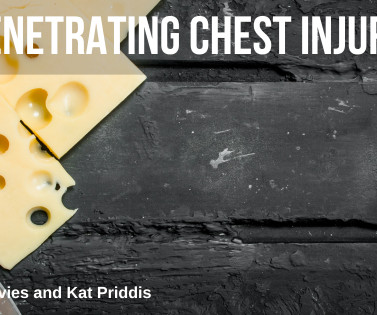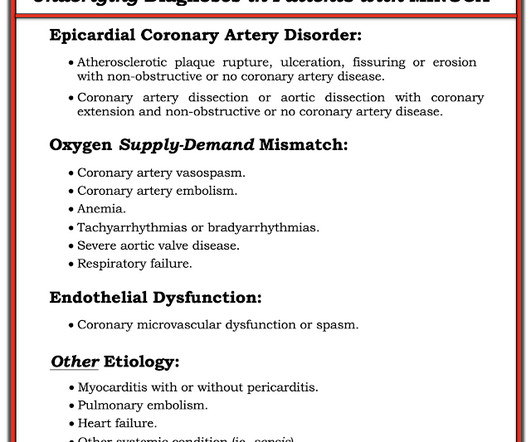Communic8: Eight Universal Leadership Lessons from the Children’s Emergency Department
Don't Forget the Bubbles
DECEMBER 31, 2024
The Childrens Emergency Department is a busy, challenging, and dynamic environment. Here are eight key leadership lessons inspired by real-life interactions and reflections from Paediatric Emergency Care 1. They involve a mixture of clinical, communication, and leadership traits. Use humour wisely and always gauge the context.



















































Let's personalize your content